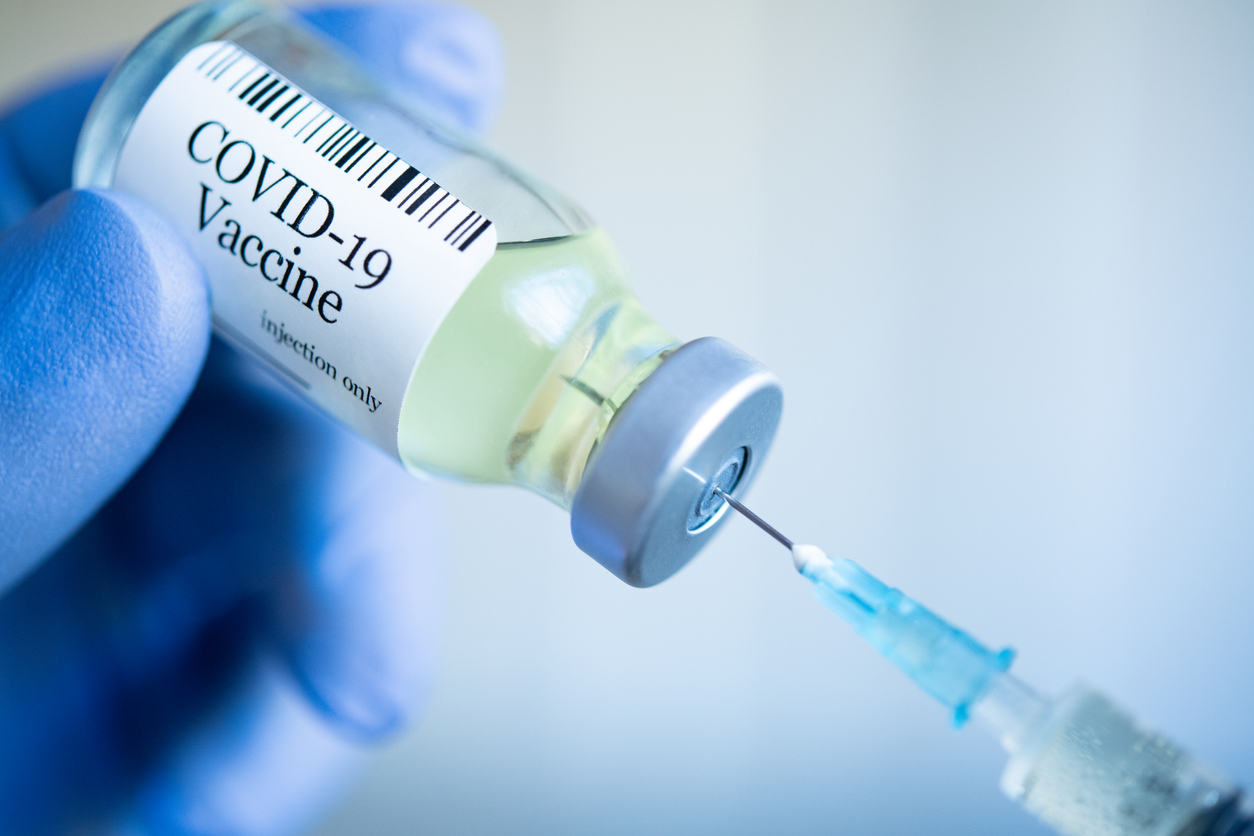
COVID vaccines in short supply. How to meet the ever-increasing demand?
Several states in India have already warned the Union government of vaccine shortage. While the health ministry says the country has enough jabs to meet the ever-growing requirement, it is a fact that the dependence on vaccines, in the face of a prevailing second strong wave of COVID-19, is only going to increase, requiring the pharma sector and the government and to jack up production and supply at the earliest.

Several states in India have already warned the Union government of vaccine shortage. While the health ministry says the country has enough jabs to meet the ever-growing requirement, it is a fact that the dependence on vaccines, in the face of a prevailing second strong wave of COVID-19, is only going to increase, requiring the pharma sector and the government and to jack up production and supply at the earliest.
Globally speaking, just about 2% of the world’s population (all adults) has been vaccinated till date. It is estimated that 9.5 billion doses of vaccines will be manufactured by the end of 2021, but the world needs 14 billion doses at the earliest.
Gavi — The Vaccine Alliance, estimates the requirement for COVID vaccine is about three times the number of vaccines (all types) the world was producing before the pandemic happened.
Also read: India halts vaccine export amid rising COVID-19 cases: Report
While the pharmaceutical industry is keen to make profits, it won’t be able to unless it puts its act together. The World Health Organization (WHO) has laid down the road map for the industry with an intention to meet the world’s growing demand for COVID jabs.
- Waive patents and intellectual property rights (IPR). This will enable countries that have the capacity to manufacture vaccine to start production immediately.
2. The pharma industry is not known to work together and collaborate, but that is exactly what the WHO wants it to do, besides effecting bilateral technology transfers to increase vaccine production significantly. Big companies should forge alliances with companies in smaller countries and bring in the required transparency which makes it a win-win for both – developed and underdeveloped countries. Besides, the WHO is worried about individual countries doing direct deals with pharmaceutical companies, putting extra pressure on the available supply of COVID-19 vaccines.
3. The WHO wants to bring in vaccine equity in the world where every country, rich or poor, has equitable access to the jabs. Unfortunately that is not happening. About 50 countries, mostly in sub-Saharan Africa, are yet to get their first consignment of the vaccine. However, wealthy and middle-income countries have booked more than two-thirds of the vaccines that will be produced by the end of the year, says a report by the Coalition for Epidemic Preparedness Innovations. It is no secret that several rich countries are stocking up vaccine doses knowing very well that the SARS COVID 2 virus can be tamed only when its transmission is controlled all over the world at the same time. Because of the many ways in which export controls can limit supply, poorer countries will have a much better chance of protecting their citizens if they are able to manufacture vaccines themselves.
4. Funding from rich countries will go a long way in controlling the pandemic. “To continue providing vaccines to its 190 members, COVAX needs at least $3.2 billion in 2021. The faster that this funding target is achieved, the faster that vaccines can get into people’s arms,” said Diane Abad-Vergara, COVAX communications lead for WHO.
Also read: COVID vaccination to continue throughout April, even on holidays: Centre
Vaccine challenges in India
As on April 13, 2021, 10.85 crore vaccine doses have been administered to about 9 crore people in India, which roughly works out to roughly over 6% of the country’s 130 billion population. Much to the frustration of the common Indians, the country has exported about 6.4 crore doses.
Experts put the per day vaccine requirement of India at 1 crore doses, of which our pharma sector has been able to meet only 50% so far.
Giridhar R Babu, professor and head, life-course epidemiology at the Public Health Foundation of India in Bengaluru, told Scroll.in, “One in three adults has high blood pressure/hypertension and one in 10 has diabetes mellitus type-II. If they are not vaccinated in the next few months, the risk of seriousness and mortality from Covid-19 they face is high. So it is imperative to cover at least the vulnerable groups as soon as possible, and then think of expanding to other age groups.”
Besides, the virus is mutating, hence we need to keep updating the vaccine to fight off every new mutant.
Also read: Non-BJP-ruled states, Centre spar over vaccine shortage as COVID cases surge
The only two COVID vaccine manufacturers in the country right now – Serum Institute of India (Covishield) and Bharat Biotech (Covaxin) – have their limitations.
Serum can produce about 70-odd million doses per month while Bharat Biotech is way behind with an installed capacity to make only about 10 million doses a month.
With Russia’s Sputnik V (in collaboration with Dr Reddy’s Lab) getting emergency use permission in India, it is quite likely that India will be able to jack up its vaccine production by the end of third quarter (Q3) 2021, as per government estimates.


